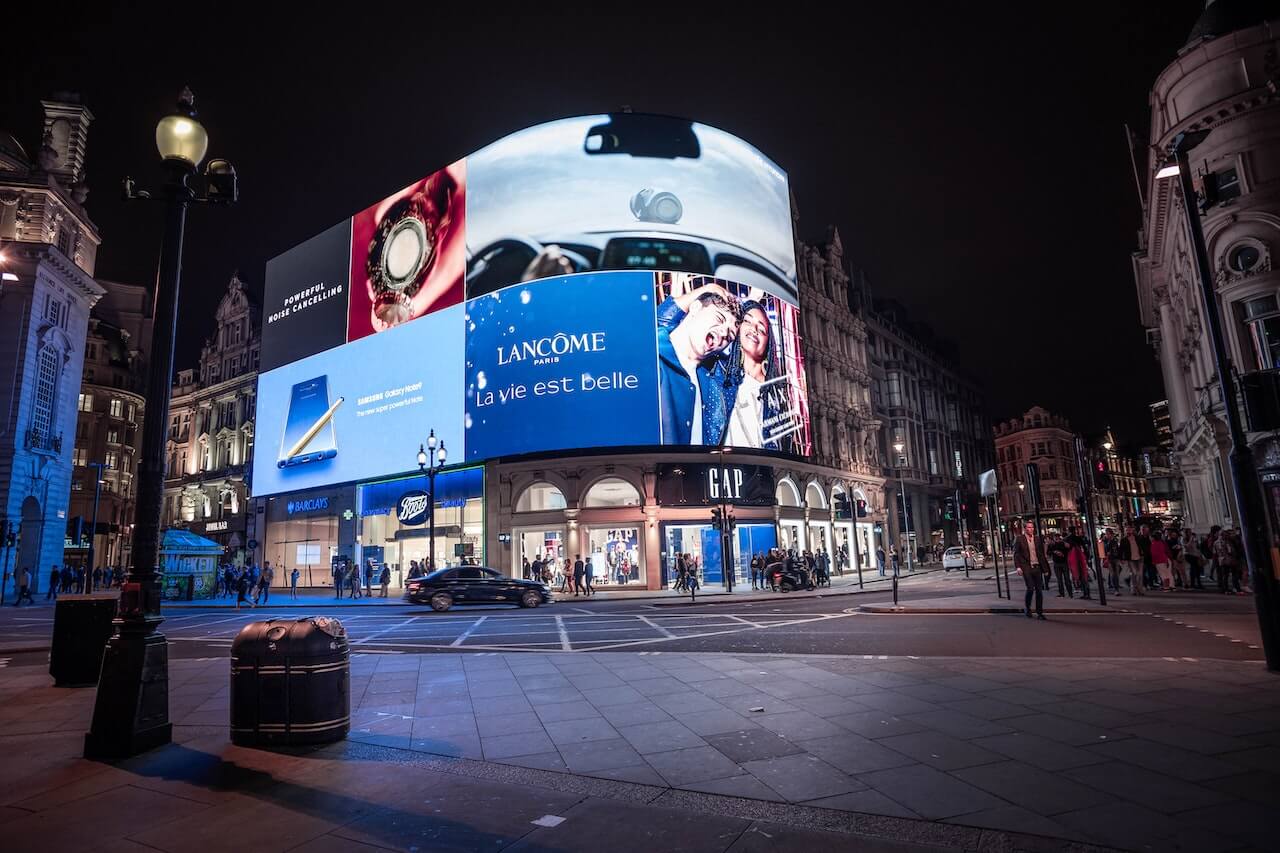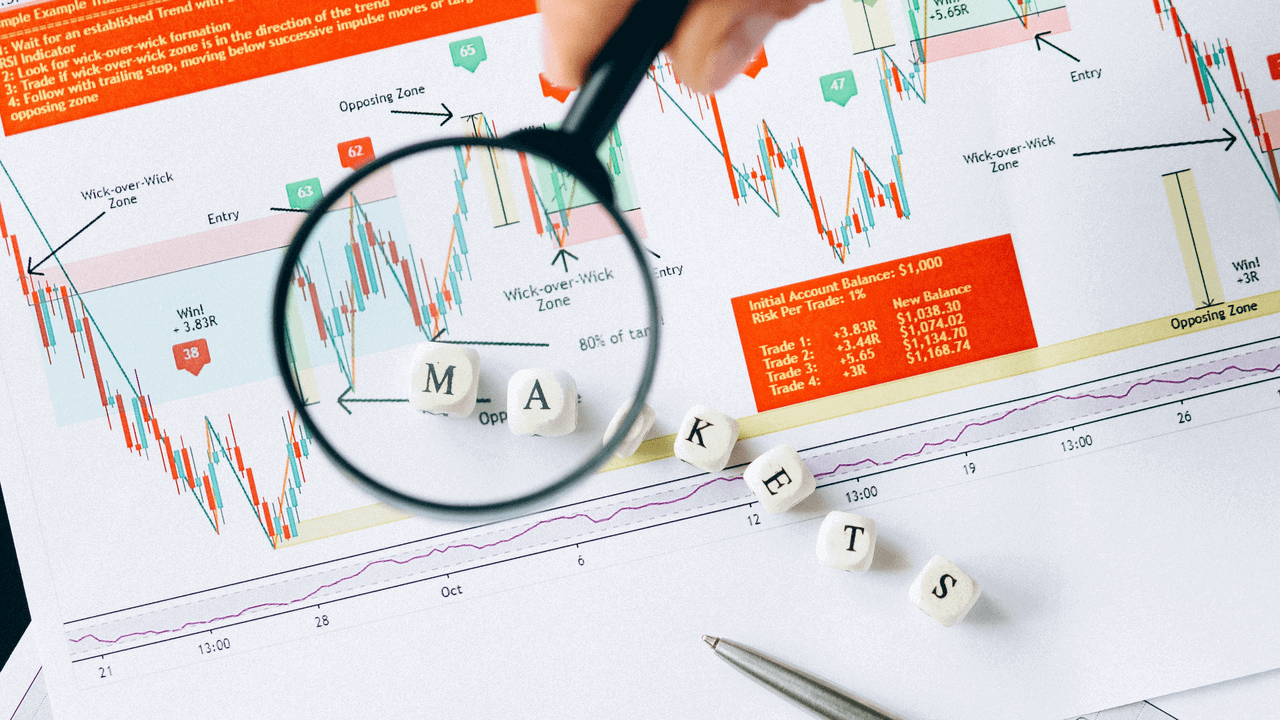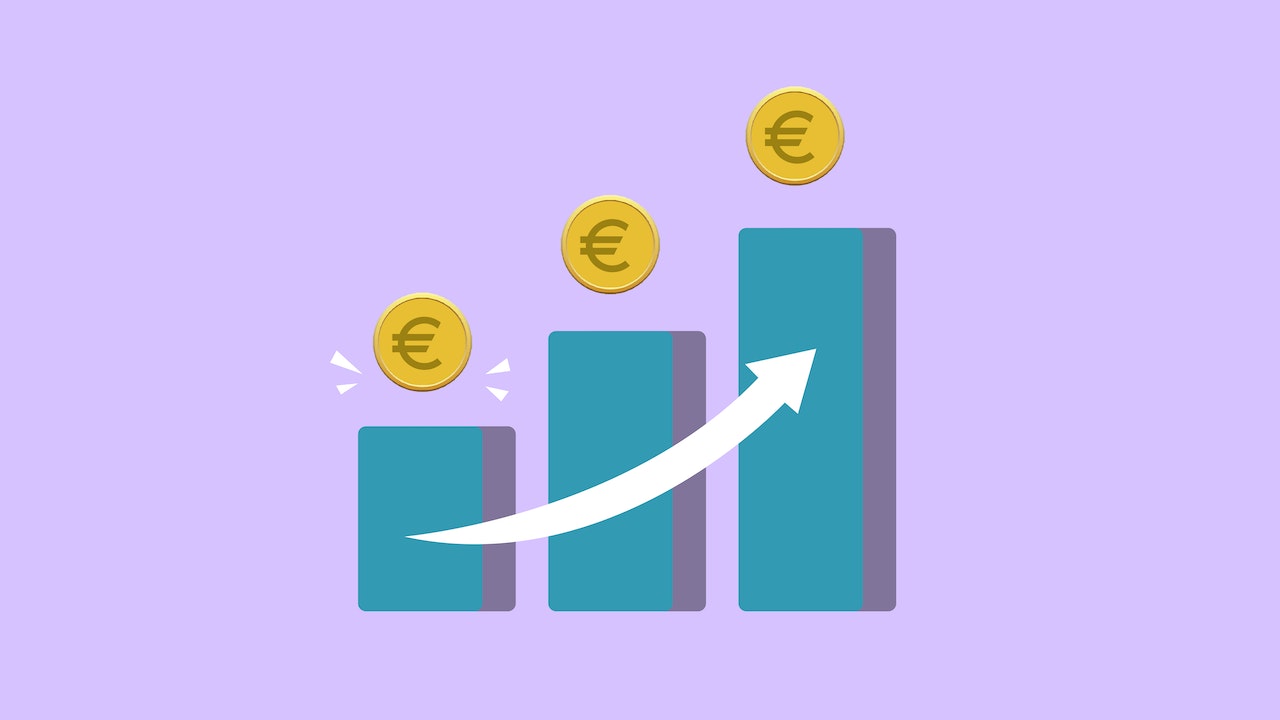In the previous blog, I provided an overview of how Artificial Intelligence (AI) is impacting the Marketing Technology stack (Martech stack). In this article, we will explore how it changing the world of digital advertising, allowing marketers to harness its potential for better-targeted campaigns, improved efficiency, and enhanced customer experiences. I will be focusing on five key areas: audience targeting, ad bidding, ad creatives production, performance analysis, and customer experience optimization.
Before I start, I want to make a note: In today’s advertising, you are using AI more than you are actually aware of. The AI transformation of the industry started quite a few years back and machine learning models are embedded in many of the mainstream tools we are using today. With the release of ChatGPT, we became much more aware and much more intentional in our use of AI tools in our go-to-market execution.
AI-driven audience targeting
Understanding and reaching the right audience is critical for campaign success. With AI technology, marketers can segment their target audience based on multiple criteria, such as demographics, interests, and online behavior, enabling them to create more relevant and personalized ads. Targeted advertising is possible without the use of artificial intelligence but AI outperforms other technologies in audience targeting and segmentation because it can analyze much larger amounts of data and identify patterns that might be missed by traditional methods.
Equipped with these insights, as a marketer you can refine your targeting strategies, ensuring that ads reach the most relevant audience. That will lead to better engagement and conversion rates. With target groups validated AI-driven lookalike models allow furthermore expansion of ad campaigns’ reach by identifying potential customers who share similar characteristics with the tested audience. Marketers can broaden their target audience while maintaining relevance and increasing the likelihood of conversions.
As mentioned in the introduction, most mainstream marketing analytics tools and platforms, like HubSpot, Google Analytics, Segment, or Intercom, already integrate AI technologies and are quickly evolving their capabilities.
Intelligent ad bidding and programmatic advertising
Programmatic advertising is the automated process of buying and selling digital ad space. AI makes possible ad bidding optimizations in real-time, ensuring that you get the best value for the ad spend. How is this done? Machine learning models analyze data from various sources, such as user behavior, ad performance, and market trends, to determine the optimal bid for a specific ad placement.
Besides optimal ad spend, there are other benefits of automating the bidding process. One of the most important is saving time and resources, allowing advertisers to focus on strategy and creative development. A prime example of AI bidding is the Google Ads PerformanceMax campaign. With PMax, advertisers leverage AI to increase performance based on their specified conversion goals by optimizing performance in real-time. AI controls most ad campaign elements, including bidding, budget optimization, audiences, creatives, and attribution. This helps digital marketers allocate their budgets more efficiently and maximize their return on investment (ROI).
Enhancing creatives Production with AI in Advertising
Allocating more time to produce better creatives is not a mere side benefit. Given the increased level of automation built into the advertising platforms, the performance is not anymore driven by parameter tweaking. The ad creatives become crucial for the (successful) end result of an advertising campaign. AI tools can help generate ad creatives that resonate with the audience and differentiate from competitors.
Visible from outer space, marketers and advertisers are among the early adopters (lovers?) of generative AI tools, such as ChatGPT. They immediately saw the benefit of using AI to assist in creating compelling ad copy or engaging visual elements for digital marketing campaigns. Besides production, content marketing also benefits from AI technologies when it comes to optimizing assets. CreativeX, for example, uses algorithms to analyze visual and textual elements in ad creatives, ensuring they align with the brand’s guidelines and audience preferences.
Moreover, creative automation platforms like Creatopy use AI algorithms and automation beyond creative production and optimization. Dynamic creative optimization (DCO) enables marketing teams to generate multiple ad variations tailored to individual users based on their browsing history, preferences, and real-time context. This results in highly personalized ad experiences, which can significantly improve engagement and conversion rates.
AI-enabled performance analysis for advertising campaigns
Any marketer knows that keeping a close eye on analytics is at the core of any successful marketing strategy. AI surpasses traditional performance analysis and reporting tools by automating data processing and providing predictive analytics with actionable insights. Monitoring and analyzing ad performance is essential for optimizing advertising campaigns and achieving desired results. AI-powered analytics tools provide granular insights into campaigns, identifying key performance indicators (KPIs) and uncovering opportunities for improvement. What makes AI different is the ability to quickly process large volumes of data (Big Data), identifying trends, patterns, and anomalies that may not be apparent through other analysis methods.
Revenue attribution is usually a hard-to-crack nut. AI-driven attribution models can help marketers better understand the customer journey and the impact of individual touchpoints on conversions. By assigning credit to various marketing channels and tactics, these models enable advertisers to allocate their budgets more strategically and maximize their overall ROI.
AI-powered customer experience optimization
Newsflash: A positive customer experience (CEx) is vital both before and after the decision to purchase. CEx directly impacts brand perception and customer engagement. We now have a new generation of AI tools and technologies that can help advertisers create more personalized and engaging customer experiences across various channels. For example, AI-powered chatbots can provide instant support and assistance, while recommendation engines can deliver personalized content and offers based on individual preferences.
AI solutions can also be used to optimize landing pages and websites by analyzing user actions. Behavioral targeting and dynamically adjusting the layout, content, and design elements helps maximize engagement and conversions. Traditionally the CEx focuses on the post-sales phase but by enhancing customer experiences throughout the customer journey (with or without AI), companies can build stronger relationships with their audience and drive long-term growth and success.
Conclusion
AI changes the advertising game by streamlining processes, enhancing targeting capabilities, and enabling marketers to create more engaging and effective ad campaigns. The use of AI-driven tools and technologies is the norm today in this rapidly evolving industry and is a must for achieving the desired results for advertising campaigns.
However, it’s essential to strike a balance between adopting AI-driven solutions and maintaining human oversight and collaboration. End-to-end process automation, where AI-enabled steps are feeding others with data without human assistance is very risky because errors are propagated and amplified with breathtaking speed. While AI can provide valuable insights and enhance advertising efforts, human intuition, creativity, and ethical considerations remain crucial to the success of any campaign.




